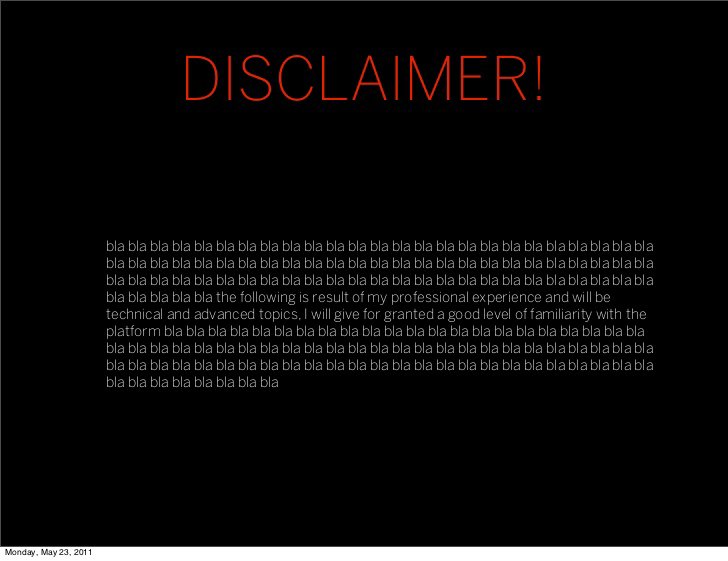motoadve
Pre-takeoff checklist
- Joined
- May 12, 2009
- Messages
- 347
- Display Name
Display name:
motoadve
Reason to make this turn, the need to turn at low alt and at low speed, and avoid lowering the wing too close to the ground.
I dont see it being used on regular take offs other than in some backcountry challenging kind of flying.
Sportsman and Vgs changes the wing dramatically, I dont think I would try this turns at this speeds with the stock wing.
STOL kits and VGs doing their job here.
Making those turns are fun though.

I dont see it being used on regular take offs other than in some backcountry challenging kind of flying.
Sportsman and Vgs changes the wing dramatically, I dont think I would try this turns at this speeds with the stock wing.
STOL kits and VGs doing their job here.
Making those turns are fun though.

